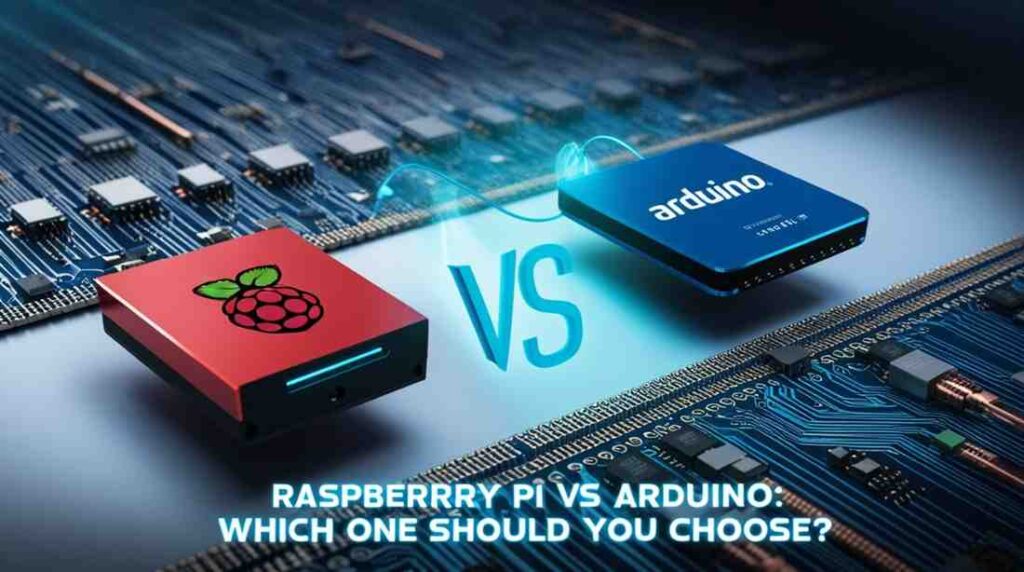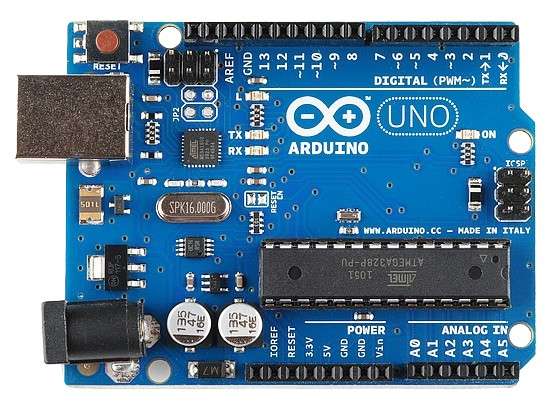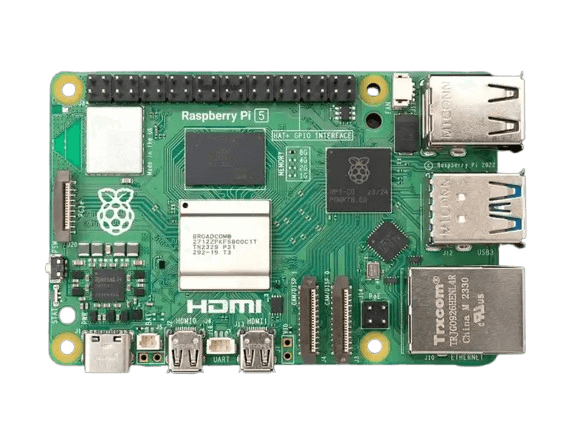
Introduction
If you’re stepping into the world of electronics or DIY tech projects, you’ve probably heard of Raspberry Pi and Arduino. These two platforms are among the most popular tools for building everything from simple electronic circuits to full-fledged smart devices. However, they are fundamentally different in how they function and what types of projects they are best suited for. In this blog, we’ll explore the key differences, use cases, real-life examples, and help you decide which one fits your needs.
What is Arduino?
Arduino is an open-source electronics platform based on simple, easy-to-use hardware and software. It is a microcontroller — a small computer on a single integrated circuit — designed to control physical hardware like LEDs, motors, sensors, and more.
Microcontroller-based: Arduino uses microcontrollers like ATmega328P to execute programs directly on the hardware.
Real-time control: Ideal for applications that require precise timing and control.
No operating system: Arduino runs a single loop program directly, without an OS, making it faster for specific tasks.
Programming: Written in C/C++ using the Arduino IDE.
Low power consumption: Perfect for battery-operated devices.
Common Arduino Boards:
Arduino Uno (most popular for beginners)
Arduino Nano (compact size)
Arduino Mega (more I/O pins and memory)

What is Raspberry Pi?
Raspberry Pi is a single-board computer capable of running a full operating system. It can perform tasks similar to a desktop computer, including browsing the internet, editing documents, or streaming videos. It’s more powerful and versatile in terms of computing.
Mini computer: Has CPU, GPU, RAM, storage, HDMI, USB ports, and runs Linux OS.
Runs multiple programs: Can run Python scripts, web servers, databases, and more.
Needs power supply and OS: Typically uses Raspberry Pi OS or Ubuntu.
Connectivity: Has built-in Wi-Fi, Bluetooth, Ethernet.
Suitable for advanced projects: Especially those involving computer vision, AI, robotics, or cloud computing.
Common Raspberry Pi Models:
Raspberry Pi 4 (most powerful)
Raspberry Pi 3B+
Raspberry Pi Zero (low cost and compact)

Key Differences Between Arduino and Raspberry Pi
| Feature | Arduino | Raspberry Pi |
|---|---|---|
| Type | Microcontroller | Single-board computer |
| Operating System | No OS | Runs Linux OS |
| Programming | C/C++ | Python, Java, C/C++, etc. |
| Power Consumption | Very Low | Higher |
| GPIO Pins | Digital & Analog I/O | Digital I/O only |
| Connectivity | Needs modules (Wi-Fi, Bluetooth) | Built-in Wi-Fi, Bluetooth, HDMI |
| Storage | None (code stored in flash memory) | Uses microSD card for OS & storage |
| Cost | Very cheap (starts ₹300-₹500) | Starts around ₹1500-₹4000+ |
When to Use Arduino Arduino is perfect for:
Basic electronic projects like blinking LEDs, reading sensors (like temperature, IR, or motion).
Home automation where only physical control is needed (turning lights or fans on/off).
IoT projects that send data to a server or mobile app via Wi-Fi or Bluetooth (with modules).
Educational kits to teach electronics at school or college level.
Robotics projects where you need fast motor or sensor control.
Example Projects:
Temperature-based fan controller
Automatic plant watering system
Obstacle-avoiding robot
When to Use Raspberry Pi Raspberry Pi is the better choice for:
Software-intensive projects like media centers, AI bots, or personal assistants.
Running Linux-based software, Python scripts, web servers, or databases.
IoT gateways that receive and process data from multiple microcontrollers.
Computer vision or facial recognition using a Pi camera.
Home automation control panels with touchscreen interfaces.
Example Projects:
Smart mirror with weather and news
Surveillance camera with face detection
Personal cloud storage server (like NextCloud)
Can You Use Them Together?
Raspberry Pi and Arduino can be connected and used together. This is often called a hybrid setup:
Raspberry Pi does the thinking — processes data, runs software.
Arduino does the acting — reads sensors and controls devices.
Example: A smart agriculture system
Arduino reads moisture and temperature sensors and controls water pumps.
Raspberry Pi processes the data, stores it in the cloud, and displays it on a web dashboard.
Which One Should You Choose? Here are simple guidelines to choose the right board:
Choose Arduino if:
You are building simple, repetitive control systems
You are a beginner in electronics
You need low-cost, low-power solutions
Real-time response is important
Choose Raspberry Pi if:
Your project involves internet or data processing
You need a full OS for multitasking
You want to use advanced programming like Python, OpenCV
You need HDMI display, GUI, or networking
Conclusion Both Raspberry Pi and Arduino are fantastic tools in their own ways. The choice depends entirely on the goal of your project. Arduino is excellent for low-level control of devices, while Raspberry Pi excels at complex computing and software operations. When used together, they create a powerful ecosystem perfect for almost any smart project.
About pluntx

Pluntx is India’s leading platform for electronics and 3D printing solutions, offering a wide range of products like Arduino, Raspberry Pi, drone parts, sensors, 3D printer components, and more. We also provide expert CAD design services and affordable 3D printing, starting at just ₹49. Click here to explore our extensive collection of electronics and prototyping tools. Be sure to follow us on Instagram and YouTube, where we regularly share tutorials, tips, and updates on everything from Arduino projects to drone technology. Pluntx delivers precision and quality. Our mission is to empower creativity through technology and simplify the journey from concept to creation.